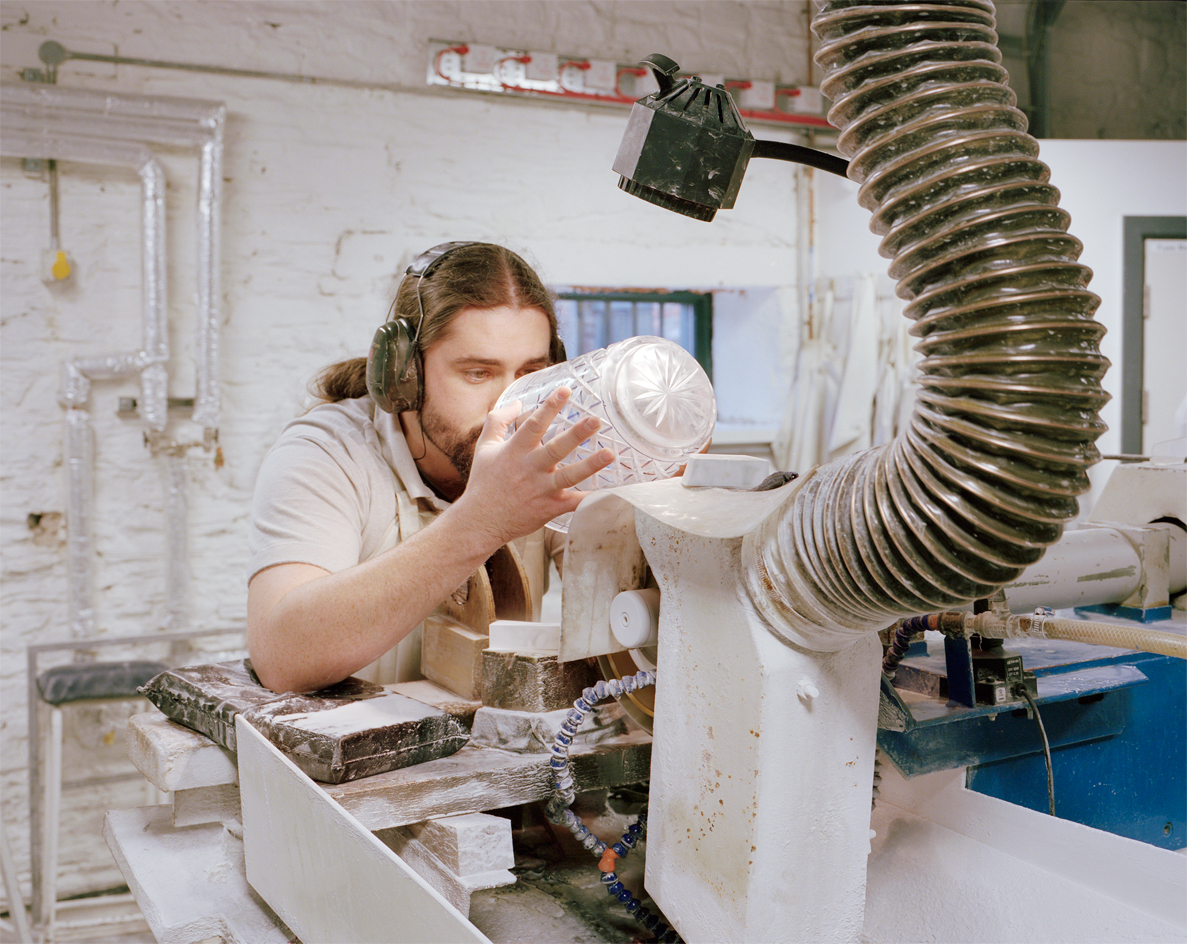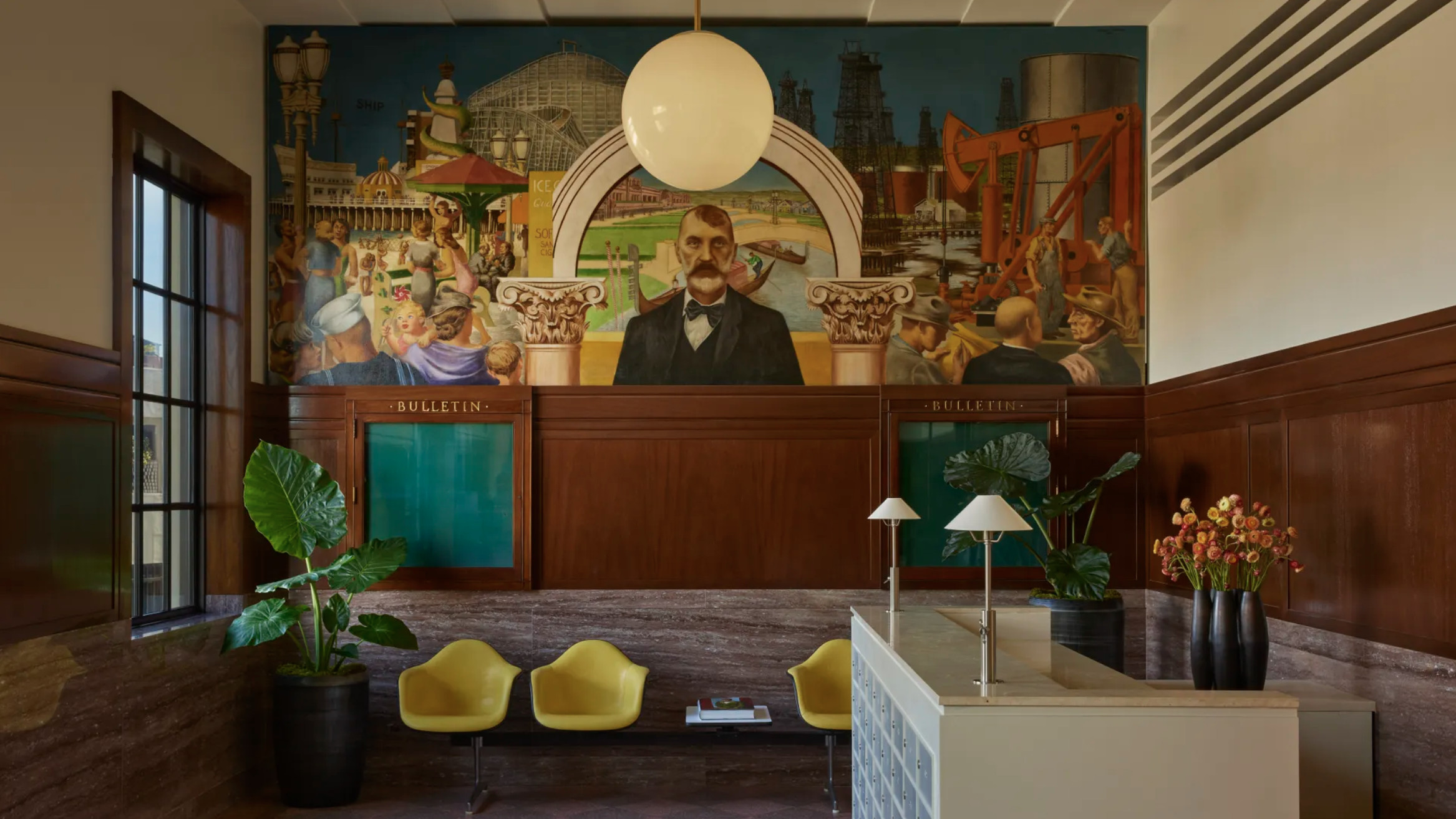Crystal palace: how master glassmakers Waterford stay kings of the cutting edge
For decades, the Irish house Waterford Crystal has been synonymous with celebratory times. Its vast collection includes a variety of vessels for any drinking occasion, while its New Year’s Eve crystal ball, which descends on New York’s Times Square every year, is the centrepiece of one of the world’s biggest street parties. The company is more than two centuries old, but it has never stopped reinventing itself and finding new ways to approach crystal.

For decades, the Irish house Waterford Crystal has been synonymous with celebratory times. Its vast collection includes a variety of vessels for any drinking occasion, while its New Year’s Eve crystal ball, which descends on New York’s Times Square every year, is the centrepiece of one of the world’s biggest street parties.
The company is more than two centuries old, but it has never stopped reinventing itself and finding new ways to approach crystal. ‘You have to be very cautious of how you treat a legend,’ says Emily Brophy, who is responsible for the company’s marketing strategy. Her father was an apprentice at Waterford in the 1960s and stayed on as a glass cutter until 2004. Some of the apprentices he himself trained are now master cutters at the company and teaching a new generation of craftsmen. ‘Our crafts of cutting, blowing, sculpting and engraving have been lovingly passed from one generation to the next,’ says Brophy. Passing on this craft is an incredibly important element of Waterford Crystal’s strategy: the 160 artisans working in the Irish factory (based in the southern Irish city from which the company takes its name) have all learned the craft at Waterford as apprentices, and many of them have joined the company through family ties. A new generation of apprentices is introduced every few years to ensure the skills stay alive.
Everything produced in Waterford (in a new factory opened in 2010) is crafted by hand, from the crystal itself, to the wooden tools and moulds the glass blowers use to shape it in its molten form, to the patterns carved by master cutters using diamond-tipped wheels.
The company’s designs have been subtly renewed throughout the years, maintaining a traditional appearance while exploring new languages through the material. The Lismore pattern, the company’s most celebrated design, was introduced by Miroslav Havel, who became chief designer in 1947 after moving to Ireland from Czechoslovakia. It was inspired by the Gothic windows of the castle of the same name, owned by the Duke of Devonshire and located near the Irish town. It’s a pattern that has been applied to virtually every conceivable crystal object, and the most recognisable feature of the company’s production. Designed in 1952, its features have twice been given a contemporary spin: in 2006 by then-creative director John Connolly (who was asked by a customer to create a modern version of her mother’s crystalware) and again in 2012, to celebrate its 60th anniversary, by global design manager Matt Kehoe.
‘Our history is very clear and celebrated throughout our production,’ says Brophy of the company that is gracefully walking the fine line between an illustrious past and a contemporary outlook. ‘We are very serious about protecting the brand’s heritage,’ she continues, ‘but at the same time keeping its culture moving towards a contemporary way of life.’

A crystal cutter at work in the Waterford factory

Pictured left: the crystal is marked with a temporary grid of horizontal and vertical guidelines to assist the master cutter. Right: handmade wooden moulds are also used to shape the molten crystal

Trophies and awards waiting to be engraved
Wallpaper* Newsletter
Receive our daily digest of inspiration, escapism and design stories from around the world direct to your inbox.
Rosa Bertoli was born in Udine, Italy, and now lives in London. Since 2014, she has been the Design Editor of Wallpaper*, where she oversees design content for the print and online editions, as well as special editorial projects. Through her role at Wallpaper*, she has written extensively about all areas of design. Rosa has been speaker and moderator for various design talks and conferences including London Craft Week, Maison & Objet, The Italian Cultural Institute (London), Clippings, Zaha Hadid Design, Kartell and Frieze Art Fair. Rosa has been on judging panels for the Chart Architecture Award, the Dutch Design Awards and the DesignGuild Marks. She has written for numerous English and Italian language publications, and worked as a content and communication consultant for fashion and design brands.
-
 The Lighthouse draws on Bauhaus principles to create a new-era workspace campus
The Lighthouse draws on Bauhaus principles to create a new-era workspace campusThe Lighthouse, a Los Angeles office space by Warkentin Associates, brings together Bauhaus, brutalism and contemporary workspace design trends
By Ellie Stathaki
-
 Extreme Cashmere reimagines retail with its new Amsterdam store: ‘You want to take your shoes off and stay’
Extreme Cashmere reimagines retail with its new Amsterdam store: ‘You want to take your shoes off and stay’Wallpaper* takes a tour of Extreme Cashmere’s new Amsterdam store, a space which reflects the label’s famed hospitality and unconventional approach to knitwear
By Jack Moss
-
 Titanium watches are strong, light and enduring: here are some of the best
Titanium watches are strong, light and enduring: here are some of the bestBrands including Bremont, Christopher Ward and Grand Seiko are exploring the possibilities of titanium watches
By Chris Hall